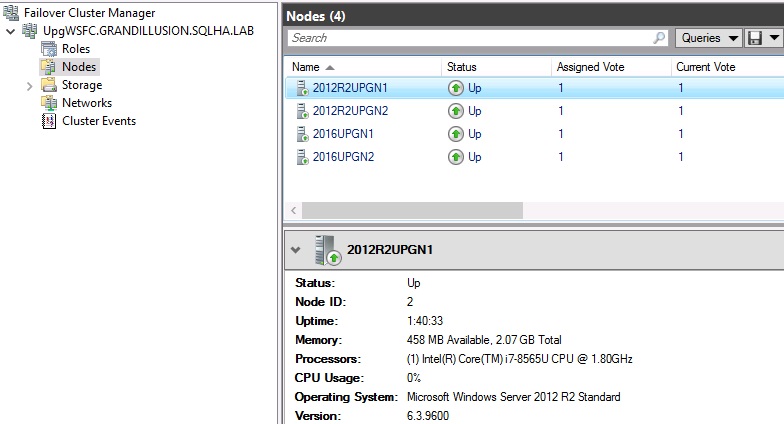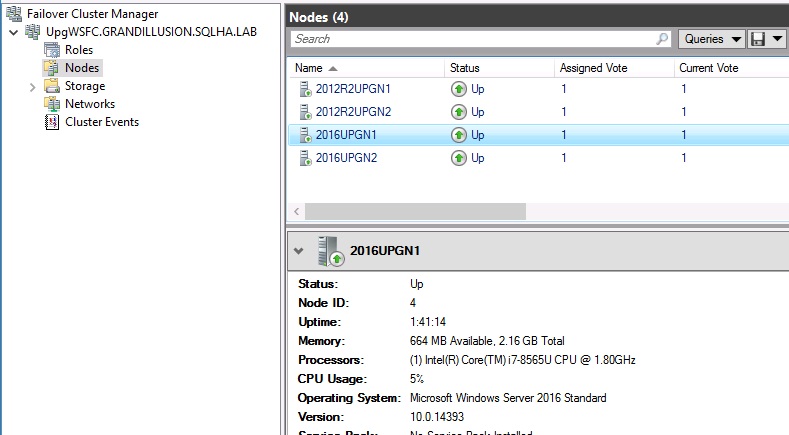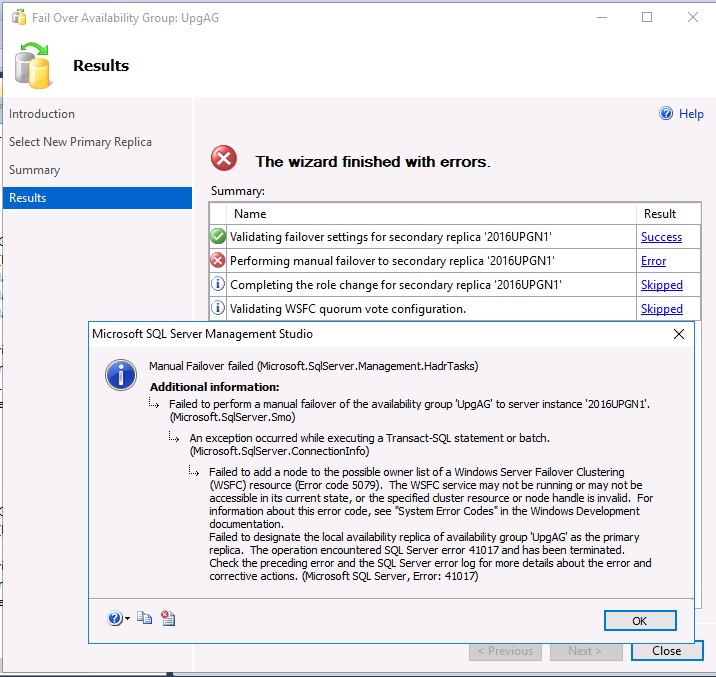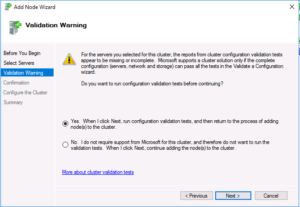Time to Stop Deploying SQL Server 2016 and Windows Server 2016
Today is July 13, 2021. Besides the anniversary of Live Aid in 1985 (had to sneak a music reference in somewhere!), today marks an important date: the end of mainstream support for SQL Server 2016. As far as I know there are no plans for a Service Pack 3. The last Cumulative Update was CU17 released on March 29, 2021.
Windows Server 2016 is on a similar trajectory. It is out of mainstream support on January 11, 2022 – less than six months from now.
What does this mean for you?
Getting Support
A key aspect of being mission critical is having platforms that are supported. In other words, if your business critical systems have an issue, you want to be able to pick up the phone and call Microsoft or whoever to get help. All help for the next five years will be paid. Keep in mind as time goes on, people who know this version of the product well will become smaller.
Getting Updates
Both SQL Server 2016 and Windows Server 2016 fall under the Fixed Lifecycle Policy. When things transition from mainstream to extended support, that means no more updates outside of security for the next five years. While getting security updates is a good thing, that means if you encounter a bug in SQL Server 2016, unless you’ve paid Microsoft bigger money for the right type of support contract, you are out of luck. The core, mission critical platforms in your company should be in mainstream support if possible and receiving regular updates – not just security.
Applications
Applications, whether homegrown or purchased, need to be checked. What version of SQL Server are they running now and what do they support? Will you need a new application version to support a later version of SQL Server? Do you need to do extensive testing or fix things if homegrown? What else is involved to get you from here to there to ensure the application can work with a later version of SQL Server and/or Windows Server?
Plan an Upgrade/Migration Strategy
First and foremost, if you are still deploying either of the 2016 versions for brand new deployments, you should stop or have a plan to wind that down. For SQL Server, you should strongly consider SQL Server 2019 as SQL Server 2017 going out of mainstream support is not far behind SQL Server 2016. SQL Server 2019 can run on Windows Server 2016, but you should really be deploying it on Windows Server 2019 these days.
If you are currently using SQL Server 2016 (or WIndows Server 2016), do you have a timeline, strategy, and plan to get off of them? If yes, great. If not, what are you waiting for? I am not saying you need to upgrade tomorrow but do you want to become a victim of technical debt more than you probably already are?
Next Steps
SQLHA can help you evaluate where you are, help you plan to get off of older versions, and get you safely and efficiently to newer versions with minimal downtime and risk. We get there are more than technical factors at play when it comes to any upgrade/migration scenario and that it takes time to plan and get it right. Stay ahead of the curve. Reach out to us today and start your journey whether it is on premises (physical or virtual) or up in a public cloud.




















